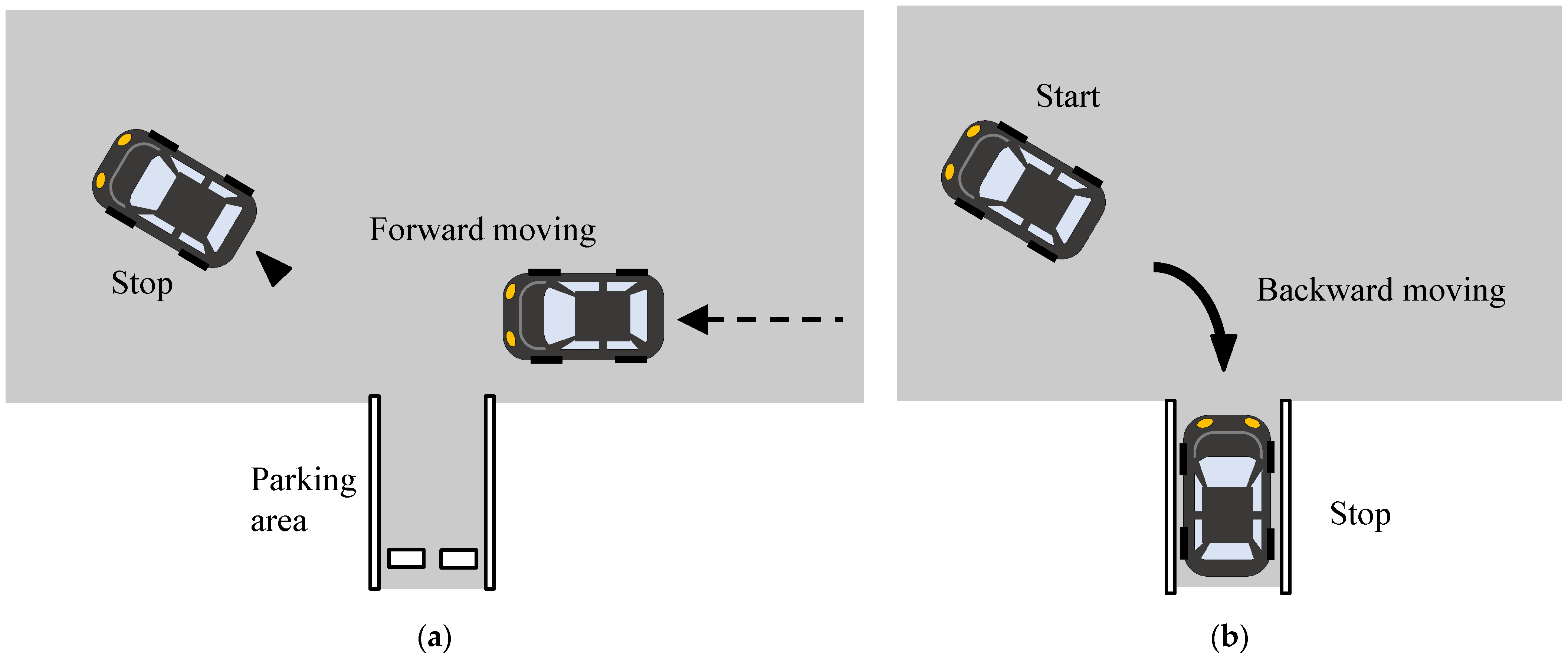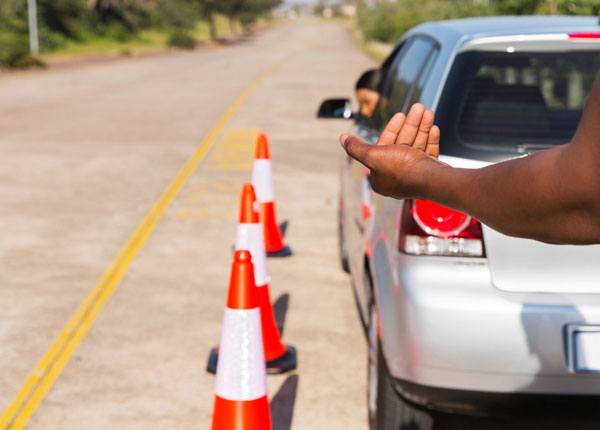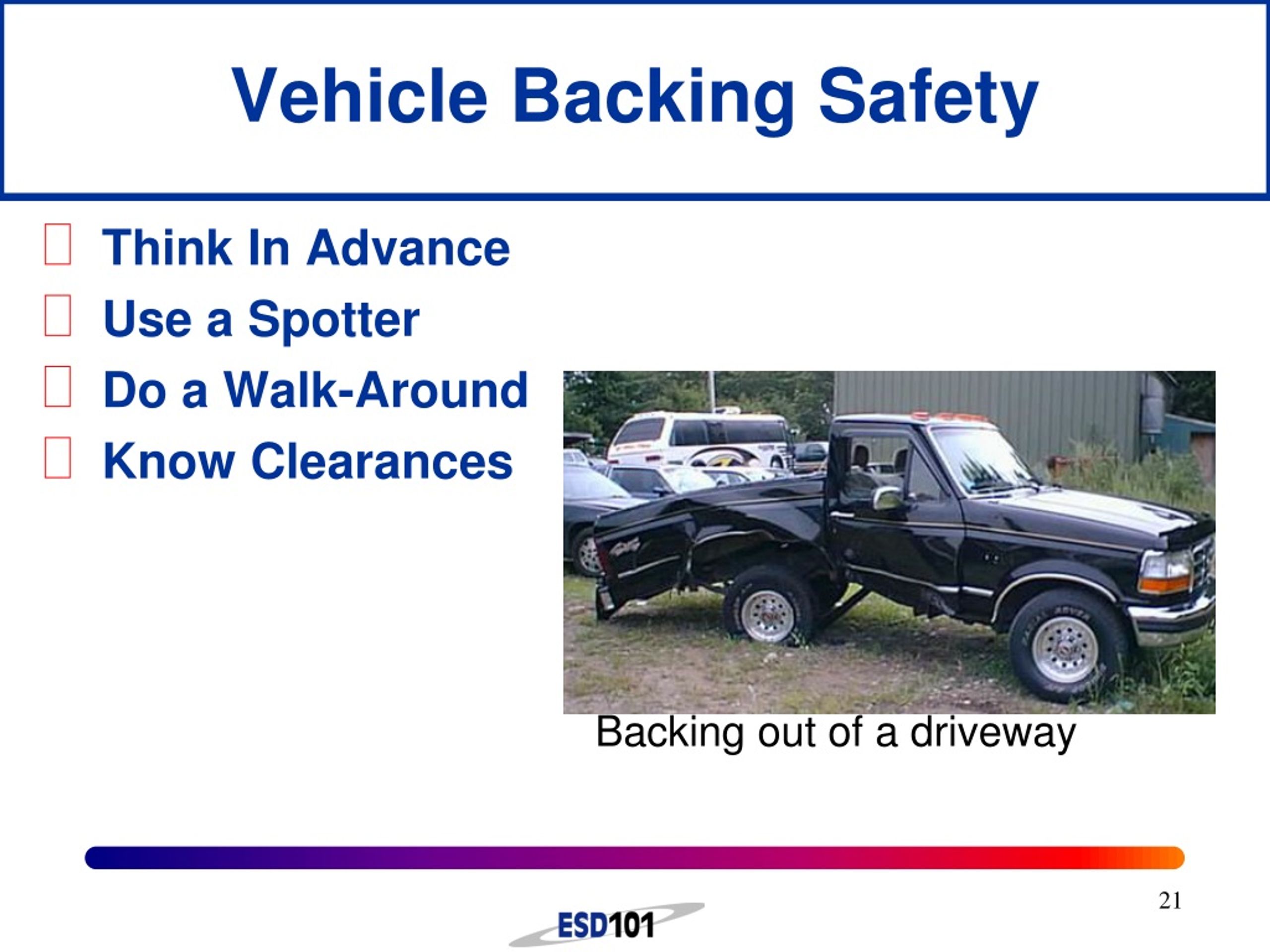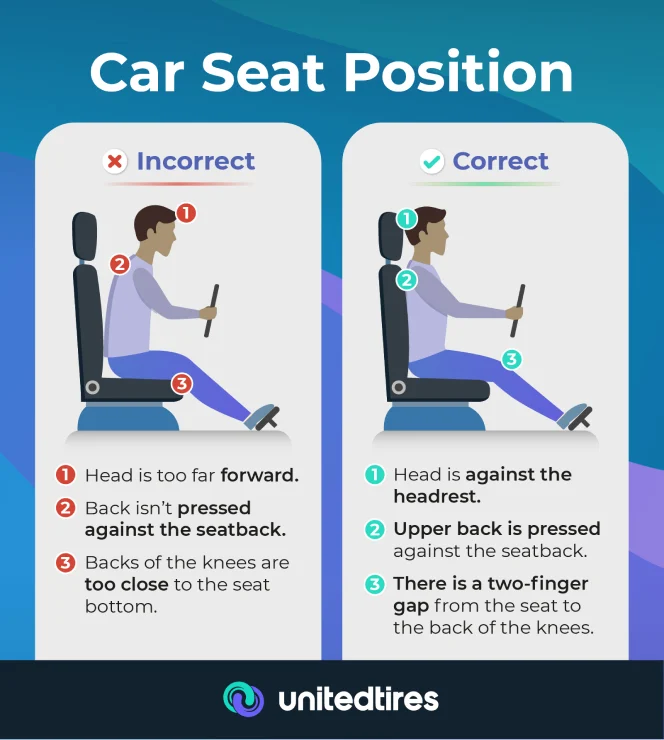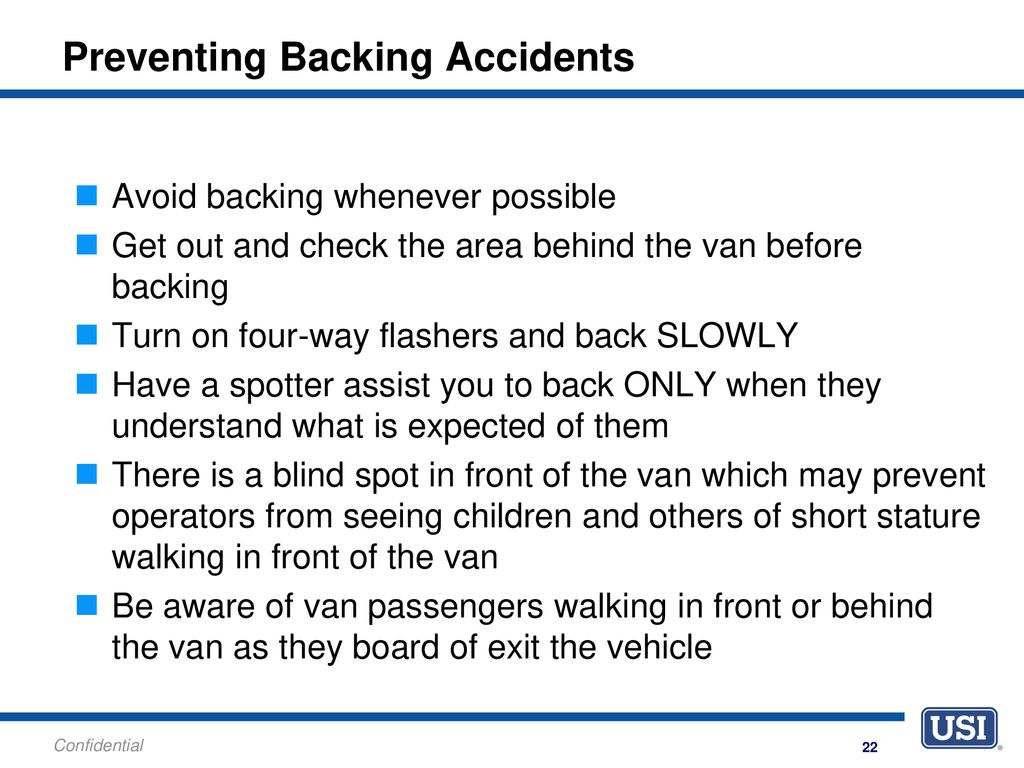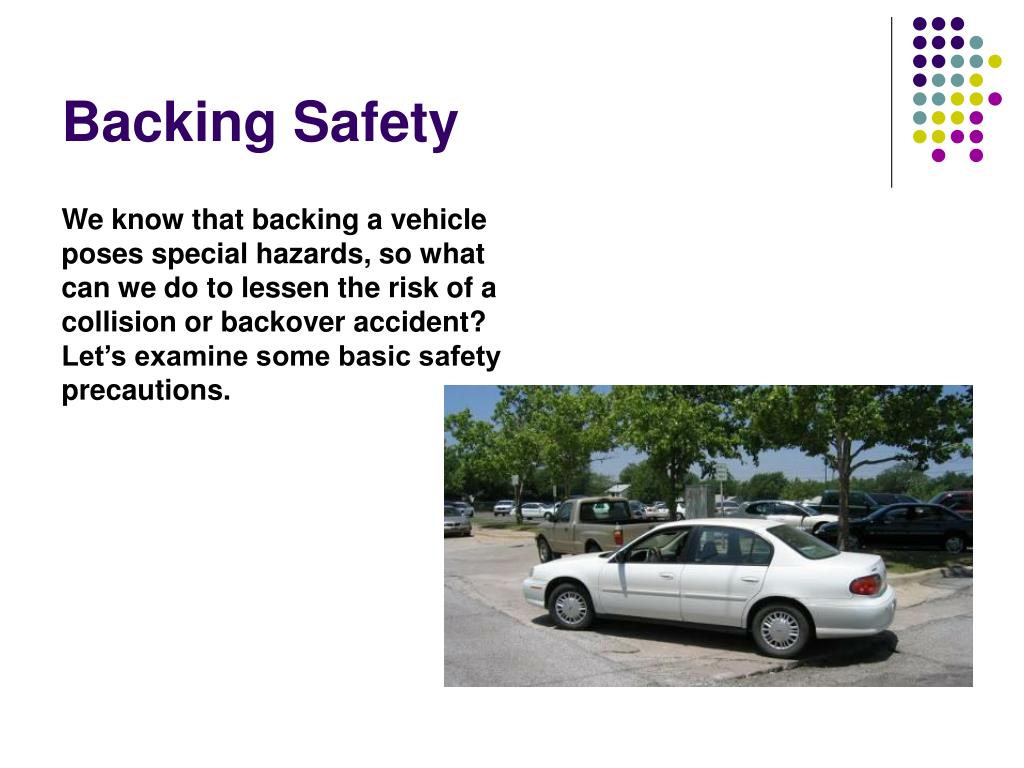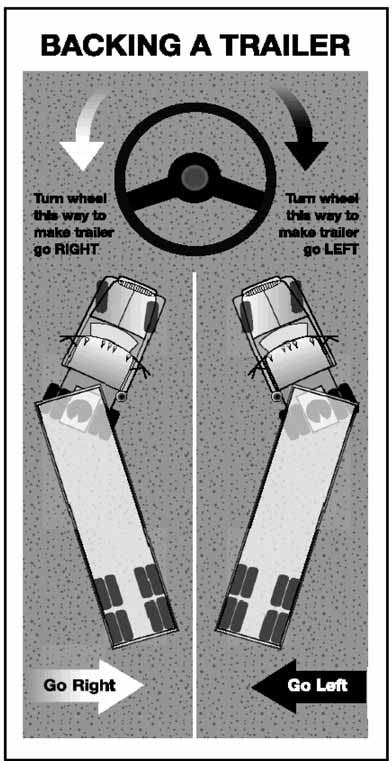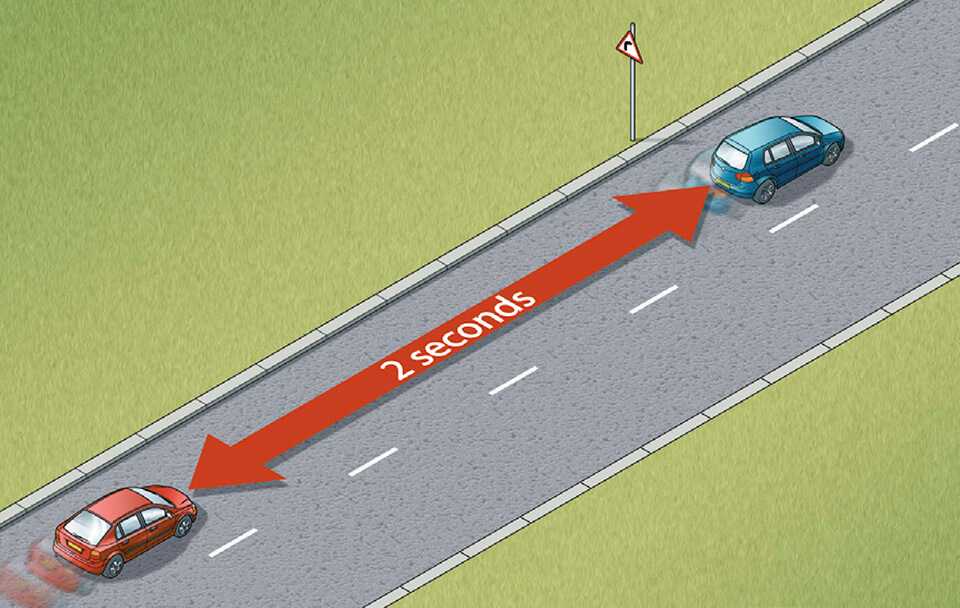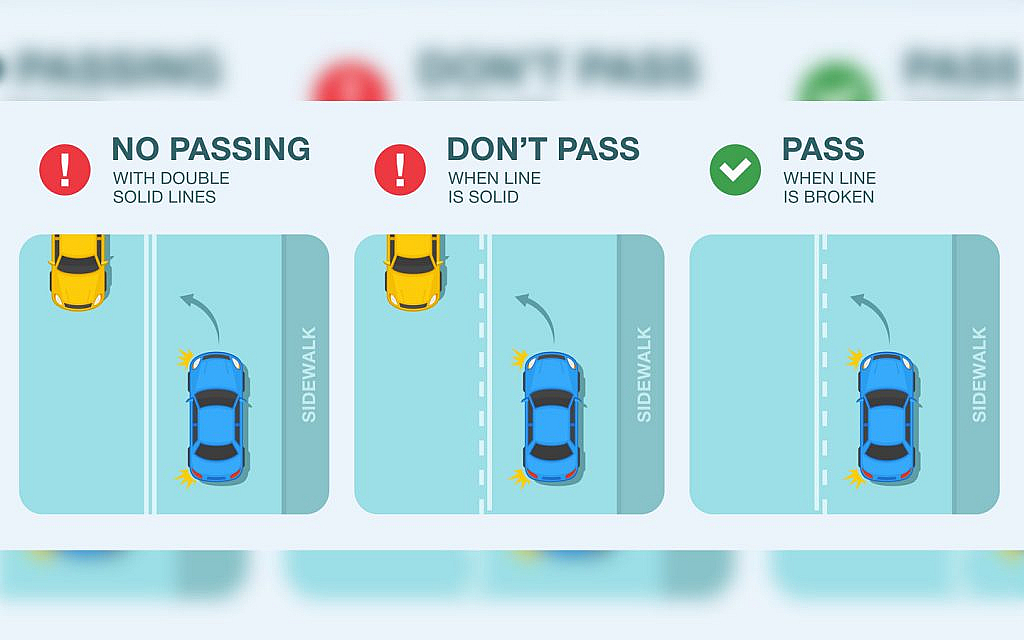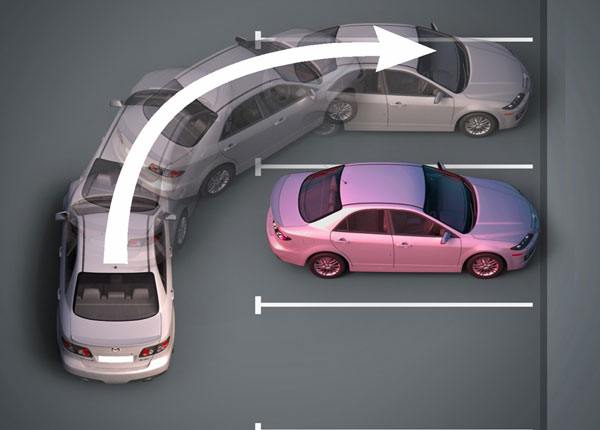Before Backing The Vehicle The Driver Should
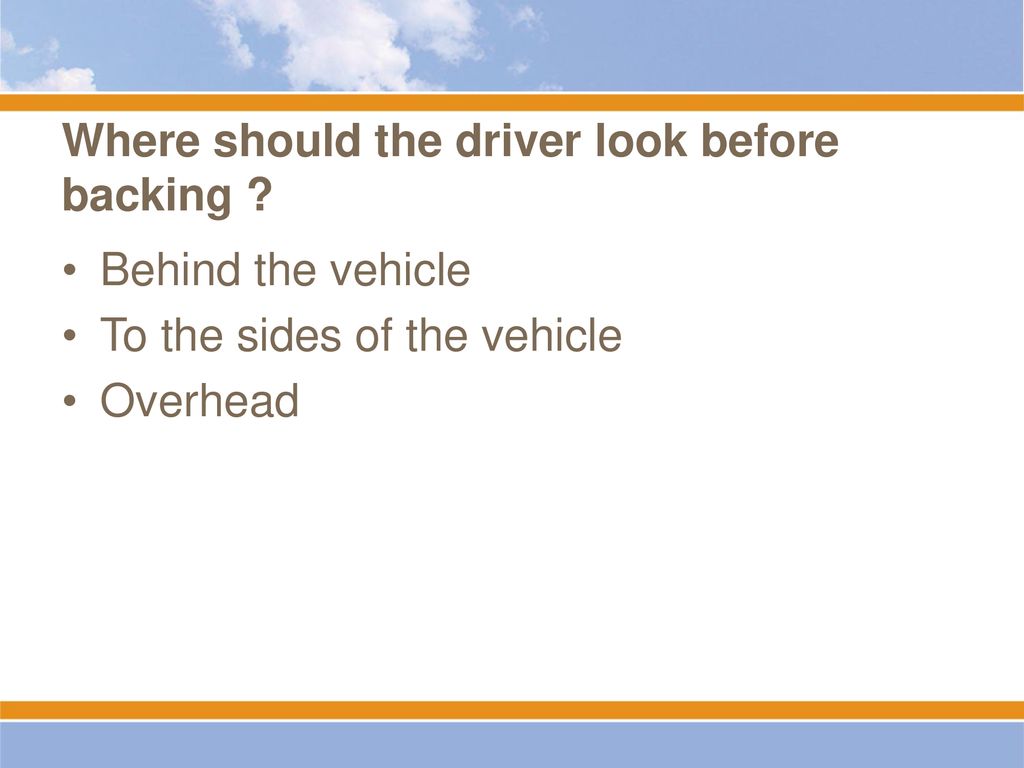
The afternoon sun cast long shadows across the parking lot as Mrs. Rodriguez loaded groceries into her minivan. A cheerful melody drifted from her radio, almost masking the hurried footsteps of a young girl chasing a bright red ball. Unbeknownst to Mrs. Rodriguez, the girl had darted behind her vehicle, hidden from view in the blind spot that plagues so many drivers every day. A simple action, often overlooked, could have prevented a potential tragedy.
Before backing any vehicle, performing a comprehensive walk-around and utilizing available technology is paramount for ensuring the safety of pedestrians, cyclists, and other drivers. This article explores the essential steps drivers should take before putting their vehicles in reverse, emphasizing proactive measures over reactive responses, aiming to cultivate safer driving habits and reduce the risk of avoidable accidents. It delves into the reasons behind this crucial practice and the potential consequences of neglect.
The Blind Spot Predicament
Blind spots are an inherent challenge in vehicle design, those areas around a vehicle that the driver cannot directly observe in their mirrors or through the windows.
These areas vary in size and location depending on the vehicle model, but they consistently pose a risk, especially when backing up. Children, pets, and smaller objects are particularly vulnerable to being missed.
According to the National Highway Traffic Safety Administration (NHTSA), thousands of back-over accidents occur each year, resulting in injuries and fatalities, many of which could be prevented with proper precautions.
A Pre-Reversing Ritual: More Than Just a Glance
The most crucial step before backing is a thorough walk-around. This involves physically circling the vehicle, checking for any obstacles, people, or animals that may be in the path.
Pay close attention to areas directly behind the vehicle, as this is the most common location for blind spot-related accidents.
It is important to ensure that children are supervised and kept at a safe distance.
Checking Your Mirrors and Technology
While a walk-around is essential, it's not the only preventative measure. After the walk-around, utilize your mirrors. Adjust them correctly to minimize blind spots.
Rearview and side mirrors provide a wider field of vision, allowing drivers to monitor traffic and potential hazards.
Modern vehicles are often equipped with backup cameras and sensor systems.
These technologies provide an additional layer of safety. Backup cameras offer a clear view of the area directly behind the vehicle, and sensors detect objects that may be out of sight.
However, it's crucial to remember that these technologies are aids, not replacements for vigilance.
Drivers should never solely rely on backup cameras or sensors; always visually confirm the path is clear.
Communicate and Proceed with Caution
Before initiating the backing maneuver, communicate your intentions. Tap the horn lightly to alert pedestrians or other drivers in the vicinity.
Back slowly and deliberately. Avoid sudden acceleration, which can reduce reaction time and increase the risk of an accident.
Scan your surroundings continuously, using both your mirrors and direct vision.
Creating a Culture of Awareness
Promoting awareness of back-over safety is a shared responsibility. Parents should educate their children about the dangers of playing near vehicles, especially when they are starting or backing up.
Schools and community organizations can play a role in raising awareness through safety campaigns and educational programs.
By fostering a culture of awareness, we can collectively reduce the number of back-over accidents and create safer environments for everyone.
The Ripple Effect of Prevention
The simple act of walking around a vehicle before backing has a ripple effect, extending far beyond the immediate vicinity. It demonstrates a commitment to safety, setting a positive example for other drivers and promoting responsible driving habits.
It fosters a sense of community, where everyone looks out for each other and takes steps to prevent accidents.
Furthermore, by reducing the number of back-over accidents, we alleviate the emotional and financial burdens on families and communities.
"Defensive driving isn't just about avoiding accidents; it's about creating a safer environment for everyone on the road," explains Sarah Miller, a certified driving instructor with Safe Roads Alliance. "A simple walk-around before backing could save a life."
Beyond Personal Safety: Societal Impact
The benefits of prioritizing safety before backing extend beyond the individual. Reduced accidents translate to lower insurance premiums for all drivers. It also means fewer emergency room visits and reduced strain on healthcare resources.
Additionally, safer streets encourage more people to walk and cycle, promoting healthier lifestyles and reducing traffic congestion. By embracing proactive safety measures, we contribute to a more sustainable and livable community.
The financial costs of back-over accidents are substantial, including vehicle repairs, medical expenses, and legal fees.
Embracing Technology Responsibly
While technology offers valuable assistance, it's essential to use it responsibly. Understanding the limitations of backup cameras and sensors is crucial. These systems may not detect small objects or objects that are close to the ground.
Regularly maintaining these systems ensures they are functioning correctly. Clean camera lenses and check sensor calibration to optimize their performance.
Never rely solely on technology; always supplement it with visual checks and careful observation.
The Power of Habit Formation
Making a walk-around a routine is the key to long-term safety. Incorporate it into your pre-driving checklist, just like buckling your seatbelt or adjusting your mirrors. Consistency is key.
Start by practicing the walk-around in familiar environments, such as your driveway or parking garage.
As you become more comfortable with the routine, it will become second nature. Eventually, you won't even think about it; you'll just do it automatically.
Consider using visual cues to remind yourself to perform the walk-around. Place a small sticker on your dashboard or attach a key chain to your car keys as a reminder.
Share this habit with family and friends, encouraging them to prioritize safety as well. Together, we can create a culture of responsible driving and prevent avoidable accidents.
The cumulative effect of these small actions can have a significant impact on road safety.
A Final Reflection
The sun now dips below the horizon, painting the sky in hues of orange and purple. As Mrs. Rodriguez drives away, the image of the little girl chasing her ball serves as a potent reminder. It is a reminder that a few extra seconds spent ensuring the path is clear can make all the difference.
The simple act of walking around the vehicle and double-checking mirrors is an act of care, a conscious decision to prioritize the safety of others. It is an investment in a safer, more responsible community.
Let us all commit to making this a habit, ensuring that every time we back a vehicle, we do so with the utmost awareness and caution, protecting the vulnerable and safeguarding lives.
